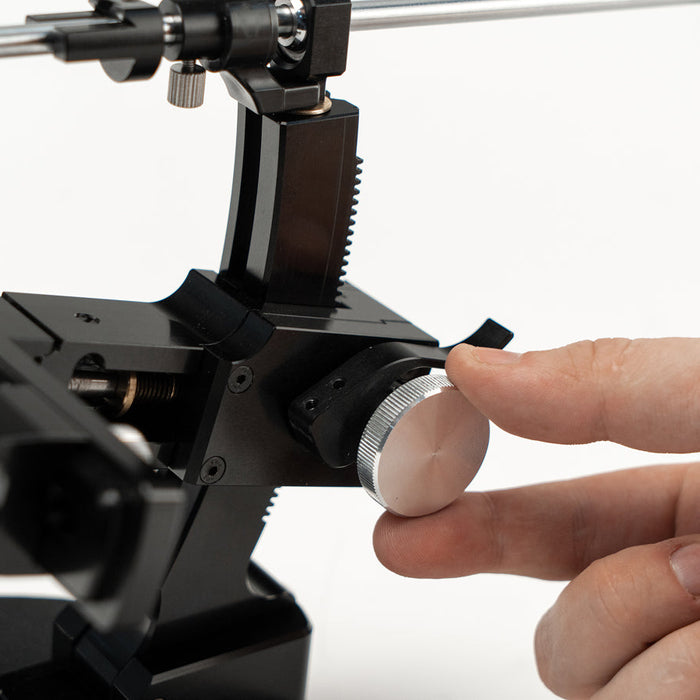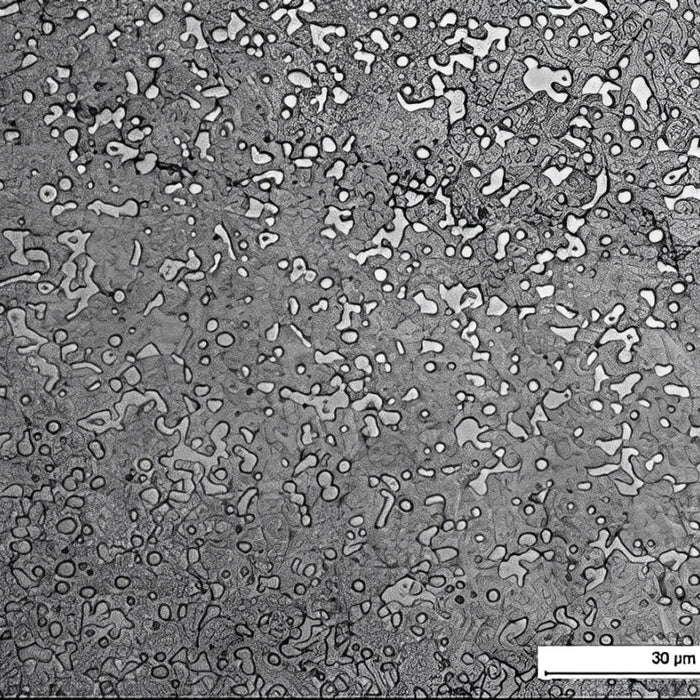Classical Tanto or Modern Tanto
When mentioning tanto in its classical sense, experienced users and experts immediately associate it with a short Japanese sword, featuring a straight or slightly curved single-edged blade up to 30 centimeters long. There is a whole range of classical types of such blades, historically linked to various martial arts schools, each with its own distinctive styles.
Within today's knife community, the term "tanto" more commonly evokes a completely different image, which gained popularity during the 1980s and 1990s—a robust, modern knife with a distinctively angled tip. The origins of knives with this particular blade style are often credited to prominent American knife makers such as Bob Lum and Phill Hartsfield.
Knife makers Lynn Thompson and Ernest Emerson also significantly contributed to popularizing and manufacturing knives with this blade type.
Some models closely resemble traditional Japanese knives, while others adopt a more military-oriented style.
Beyond fixed blades, many brands also produce numerous folding knives featuring similar blade styles. Such knives are more accurately described as modern tanto due to substantial differences not only in the tip's geometry but in the blade itself.
Blade Structure of a Modern Tanto
Let's examine the modern tanto blade as represented by one of the renowned manufacturers:
A characteristic feature of these blades is a significantly angled tip combined with a thick spine. This construction ensures a robust tip while providing high penetration and piercing capability.
Most knife manufacturers adhere to this structural principle when designing their unique blades.
Features of Sharpening Tanto Blades
If we discuss the basic principles of sharpening while leaving out other nuances, modern tanto blades typically feature two types of sharpening: single-bevel (chisel) and double-bevel. Single-bevel sharpening for tanto knives was introduced by Phill Hartsfield, has its own advantages, and is less commonly used.
Double-bevel sharpening is more convenient and effective for most folding knives used as everyday carry (EDC).
The main challenge with double-bevel sharpening is achieving a precisely defined intersection of four bevel planes at the blade tip.
A potential difficulty during sharpening can be a mismatch of bevel angles between the primary grind and the tip if the original grind was improperly executed.
Another complication arises from variations in grind styles, such as concave primary grinds transitioning into flat grinds towards the tip. Due to this, incorrect sharpening angle selection might cause noticeable differences in bevel widths compared to the rest of the blade.
When using different sharpening methods, one must consider the same blade architecture aspects.
How to Sharpen a Tanto Knife with a Manual Whetstone
When sharpening manually using full-size stones with a uniform plain section, experienced users typically encounter no significant difficulties. The main challenge is maintaining precisely consistent angles while sharpening bevels near the tip to avoid disrupting the intersection of four bevel planes. Inexperienced users might quickly face difficulties here.
Therefore, if you're uncertain, especially when sharpening expensive blades, it is advisable to entrust the sharpening to an experienced user or professional sharpener with suitable equipment.
How to Sharpen a Tanto with a Fixed Angle Guided System
Sharpening knives with a slight curvature using a sharpening system is generally more precise, convenient, and productive due to the sharpener's design. The abrasive holder on the guide moves in a circular trajectory, ensuring bevel sharpening matches the abrasive rod's circular motion across the main part of the blade.
To achieve precision, position the blade centrally relative to the vertical axis of abrasive movement and verify the original factory sharpening angle. By checking the angle, you can determine whether the bevel angles match on both sides, using a marker as an indicator.
Using a marker helps confirm consistent bevel widths on both sides of the blade's plain section. Begin sharpening from the side where marker removal is most uniform.
The next step might present challenges while sharpening bevels near the tip. If bevels are uniform and grinds were correctly executed during manufacturing, specialized accessories can help precisely position the blade opposite the sharpener’s vertical axis.
If no special clamp is available, the solution is to horizontally adjust the blade in the clamps, positioning the angled tip closer to the sharpener's vertical axis. Adjust the angle so that the abrasive evenly removes the marker on both the plain section and the tip. Initially, abrasive action near the very tip might be minimal, but this will correct itself throughout the process, resulting in evenly wide bevels.
Conclusions
Comparing the complexity of sharpening a tanto blade, sharpening a double-edged dagger immediately comes to mind. At the dagger's tip, four bevel planes converge precisely; occasionally, an axial grind convergence line runs along the blade’s length, requiring absolute symmetry. Errors easily spoil the blade's visual appeal and symmetry.
Regardless of the chosen sharpening technique, devices, or abrasives, it’s sometimes beneficial to practice on an inexpensive sample first or trust the sharpening to an experienced professional.
Or use a TSPROF sharpening system and become a professional.














